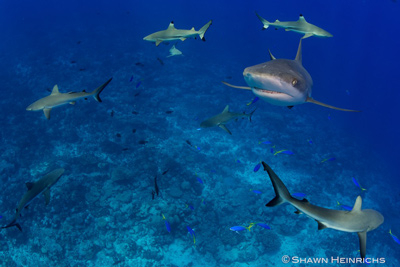To reduce dependence on declining fisheries and vulnerability to the impacts of climate change, Namdrik Atoll Local Resources Committee is promoting a model of community self-sufficiency, local food security and adaptation. Through the development of a Management Plan, the Committee is using a multifaceted approach to conserve biodiversity, address invasive species, improve agricultural resources, and strengthen community resilience to climate change.
The Management Plan includes several components. Traditional crops such as breadfruit, taro and native pandanus have been reintroduced to protect and restore soil, diversify agriculture and open value-added secondary processing industries for local communities. A pearl farm provides jobs and a revenue stream to fund community development projects in education and health. Training in rainwater harvesting is providing the community with access to safe drinking water, and access to solar technology is providing the community with a source of renewable energy. The Management Plan also includes initiatives to restore shoreline vegetation through native and traditionally-used species. The initiative is community-owned, fueled by local leadership and has provided a sustainability model that has been replicated in other atoll communities across islands in the Pacific.
What makes it Bright?
- A sustainable and innovative financing mechanism that supports community livelihoods
- Conserves biodiversity and protects local resources
- Pursues ecosystem-based adaptation to climate change
- Fueled by local leadership and supported by the community
Country: Republic of the Marshall Islands
Focal Point: Albon Ishoda, Namdrik Atoll Local Resources Committee
Award: Winner of the 2012 Equator Prize
Learn More: UNDP Equator Initiative Profile and Case Study


